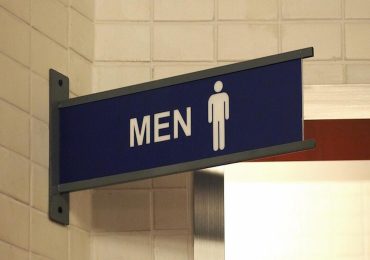QR is the abbreviated form of Quick Response. This 2-dimensional matrix code was invented almost two decades ago by Toyota in Japan for the automobile industry to keep a track of auto parts and inventory. This is a simple graphical image that helps to store information and is a convenient means of delivering content to potential clients and customers. A couple of formats can be used to create a QR code such as EPS, SVG, Tiff File, PNG File and HTML Code. The Quick Response codes comprise of black and white squares and each of these is known as a module. This technology is widespread with the code becoming a well-known site.
QR codes are broadly classified into two categories namely Dynamic and Static.
- Dynamic QR Codes– Such codes are used when one prints the QR codes just once and change the content when desired.
- Static QR Codes– In this type, the QR codes are directed and cannot be changed.
The never-ending use of QR Codes
Ever since its creation, Quick Response Codes have spread itself in countless domains. Today it is used in a plethora of purposes such as product labelling and marketing, commercial tracking, entertainment and transport ticketing among others. One can also find QR codes for sending audiences to websites for bookmarking and browsing a web page, for initiating phone calls, sending mails, sending short messages, producing links to different web URL’s, advertising products, processing orders, purchasing items, viewing videos, getting coupons, accessing information, connecting to WI-Fi networks and start chatting with Blackberry users.
How QR Codes are highly beneficial for advertisers and marketers?
The scope of usage for Quick Response codes is immense, especially for advertising and marketing of a product, brand, service and everything else one can think of. This code lets advertisers and marketers make almost any flat surface right from billboards on a subway platform to advertisements in magazines interactive. This is a simple concept where users can scan the codes via their Smartphones and these codes can set off a manifold number of actions such as generating sales calls, linking to videos, taking users to websites or launching mobile applications. It is a great marketing tool that can be utilized to market and promote diverse settings including;
- Print Advertisements
- Event Displays/Conference
- Postcards and Mailers
- Brochures, Flyers and Posters
- Business Cards
Working Principle of QR Codes
A Quick Response Code generally scans the codes with mobile handsets that are preloaded with Quick Response Code reader application and camera. Such apps can be easily downloaded and are free on renowned Smartphone platforms namely Android and iPhone. The moment the QR code gets scanned using the handset’s camera it gets converted into actionable information namely mobile web page or text message.
Special attributes of QR Codes
- One can decide the action they want the user to take
- Completely measurable
- Cut down the reprint of an advertising material
- Instant information accessible to customers
- These are of ISO standards
Although QR codes are akin to barcodes however, a noteworthy difference amid the two is that a barcode holds information nicely only in a horizontal direction whereas a QR code can do the same vertically too. Owing to this, a QR code is referred as 2-dimensional as it can carry information horizontally as well as vertically. It has another plus point of carrying information in a small space.
Having a keen interest in the technological developments, Reeyankee Das Choudhury has given a detailed description on the latest happenings in the Java Software Development Company and taking the example of QR Codes.





